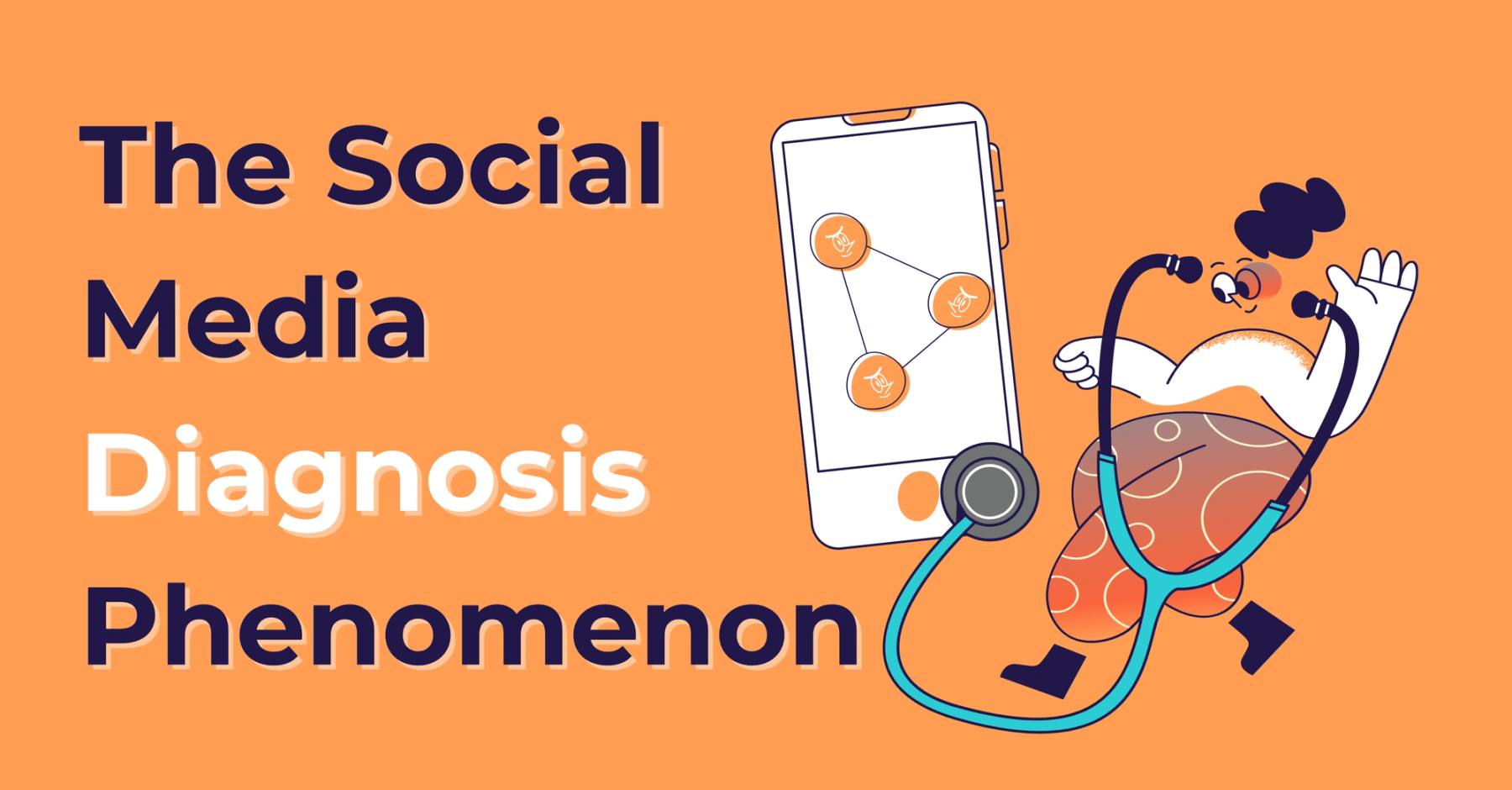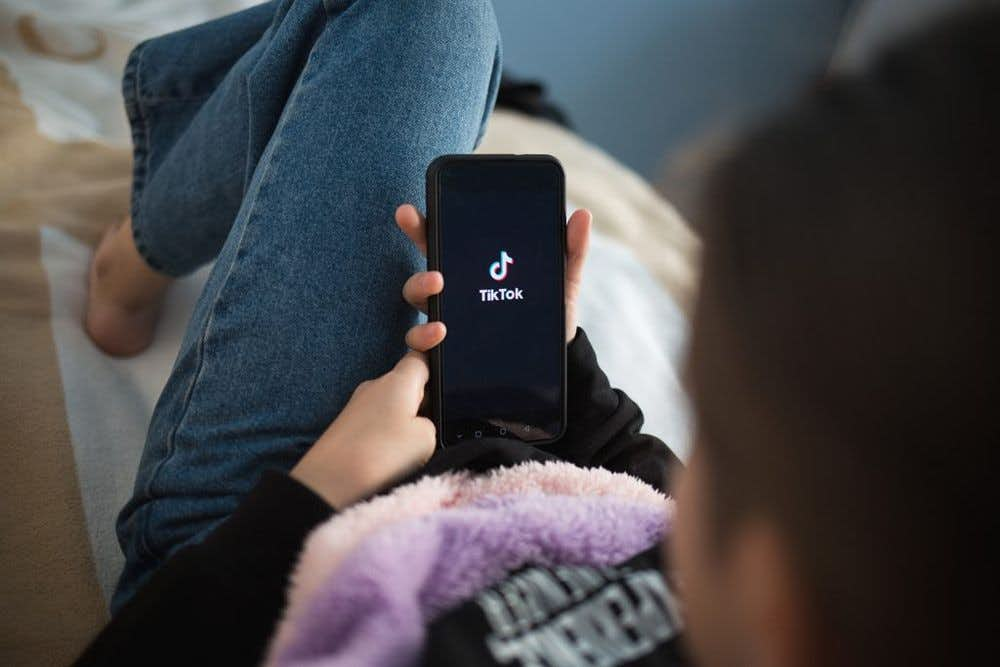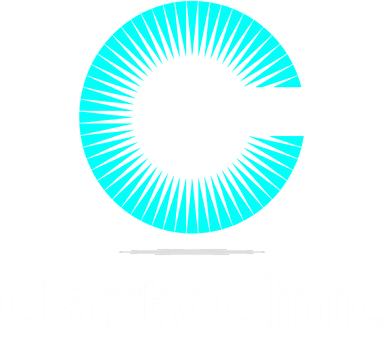January 19th, 2022

The start of the COVID-19 pandemic limited social interactions and outside activities for millions of adolescents and young adults, forcing them to turn to social media for a sense of community, connection, and friendships. The increased number of stressors, like remote learning, isolation, and an unprecedented strain from the environment, has intensified the overall mental distress and need for coping mechanisms in a manner that we haven’t ever been known to be prepared to do.
Since the beginning of the pandemic, mental health providers noted an increase in adolescents and young adults reporting symptoms commonly seen in psychiatric disorders. When describing their symptoms, they are utilizing psychological jargon, like “depersonalization,” “derealization,” and “dysphoric” and reporting symptoms, such as poor attention and concentration, motor and vocal tics, dissociation, obsessive thoughts, and compulsive behaviors, multiple personalities, personality disorders, and autism traits.
Sometimes it is revealed by the patient that they learned the information from social media, such as TikTok videos. After watching several videos from content creators about their mental health symptoms, the patient found that they can greatly relate to the reported symptoms. Subsequently, they expressed concerns about having a mental health condition associated with the symptoms, such as dissociative identity disorder (DID), borderline personality disorder (BPD), Tourette's, and autism.
These disorders are rare and not frequently diagnosed. For example, DID affects between 0.01 and 1% of the population. It is estimated that 1.4% of the adult U.S. population experiences borderline personality disorder.
However, the amount of mental health content available that includes a discussion of symptoms and education on what it’s like to live with the disorder leads can make it seem as if they are more common than they are. Hashtags linked to each video help connect to other creators with similar content, which provides a sense of community and promotes discussions in the comments section.

A quick search of TikTok revealed that views of hashtags associated with certain mental health conditions exceed billions. For example, videos with #DID have well over 1.5 billion views, while #tics has 3.3 billion views and #BPD has 3.6 billion views. Neurodevelopmental disorders have the most views with #autism having over 6 billion views and #adhd being the highest at 8.8 billion views. Let's put this into context here: Superbowl XLIX, the most boasted viewership in broadcast television, had 114.4 million viewers. Netflix’s Squid Games made history with 142 million household views.
Adolescents and young adult years are a time of self-discovery and self-exploration, for which social media can be a great tool. In their journey of self-discovery, they look to external sources to determine and confirm who they are, what they like, how they want to be seen by others, and how they fit in the world.
At times, this may be through exploring what kind of music they like, what sports they like to play, what subjects in school they enjoy, what clothes they like to wear, or what movies or shows they watch.
Usually, such exposure is through interacting with others, sharing likes and dislikes, and observing and copying others they look up to or find to be role models. With social media being another source for external influences and during the pandemic, perhaps the only source of influence, it opens opportunities for exposure to various types of information. Information is readily available at the palm of your hand.
The thing is...mental health professionals are seeing an unusual spike in very rare mental health symptoms in adolescents and young adults, but they aren’t pretending either. Perhaps something that we must take into consideration is the limited amount of mental health awareness and education before the pandemic. The stigma of mental health issues and the need to be seen as “strong and not weak” has left people with limited capacity to deal with an unprecedented situation.

Well, social media has done a great service in spreading awareness and reducing the stigma regarding mental health. People are no longer shamed for expressing their emotions or being vulnerable. It is socially acceptable to reach out for help and perhaps have hope that there is support out there while knowing that you are not alone.
Young adults and adolescents are amazing when it comes to taking care of their mental health. They can verbalize their feelings and experiences, and they know their mental health is just as important as their physical health. This creates empathy, kindness, and support towards one another. Adolescents can feel as if they found a sense of belonging and a connection with others. This provides social support and feeling understood with their mental health challenges, instead of feeling judged and shamed.
When we see enough of these videos and read enough articles, one might start to relate to the diagnosis and social media becomes the “new WebMD” of mental health. Like in physical health...just because you cough a lot, it doesn’t necessarily mean you have lung cancer. Just because you feel joint pain, it doesn’t mean liver failure. Be careful of “making a mountain out of a molehill.”
Frequent viewership of symptoms can somehow create an availability bias, meaning creating judgment or decision based on immediate examples or available information. We want to be mindful of the symptoms that we are experiencing.
For example, passing feelings of depersonalization and derealization is normal. When our brain is tired, stressed, and there’s a lot of our minds, it's not unexpected to want to “check out” and “disconnect” for a while. Hedge Research Funding found the primary cause of depersonalization and derealization is stress.
When it is a symptom of severe, prolonged stress or anxiety, it is not a sign of psychosis or schizophrenia, although it can be scary for someone who has never experienced it before. In another example, poor attention and concentration may not be unexpected when there is so much happening in the world and there is so much uncertainty and stress.
When you don’t know if you’re going to be able to go to school, see or talk to your friends, or wonder if someone you care about gets covid, then yes, it’s going to be hard to concentrate on reading for school or solving a math problem. However, when it starts to interfere with your life and cause significant issues with your day-to-day functioning, it is recommended you speak to a mental health professional.
Misinformed self-diagnosis can make treatment planning and proper diagnosis a challenge. Focusing on “inaccurate” diagnosis hinders progress with treatment for “accurate” diagnosis. Treatment planning is an integral part of therapy and psychiatric care, and each patient has a tailored plan that is informed by evidence-based treatment interventions. Proper diagnosis is imperative for this to work.

For the Professional:
Utilize patience and listen with an open mind and heart. We don’t want the dismiss, invalidate, or minimize the concerns. There is still a possibility that these concerns are valid. We don’t want to turn them away when help may be warranted. Consider what underlying those expressed concerns. Is it a “cry for help”?
Try to understand what this specific disorder means for the patient. What “benefit” comes from having this disorder. Provide psychoeducation while holding space for the patient’s experiences. Remind the patient that you are there to help them, not judge or make assumptions.
Disorders such as Autism, ADHD, and a variety of others require specialized assessments to be properly diagnosed. Many mental health diagnoses share symptoms. For example, difficulties with concentration and focus can be associated with ADHD, but can also be a symptom of anxiety and depression. Providers can refer their patients for a psychological evaluation to gain diagnostic clarity.
For Parent and Child/Client:
Take a “time out” from TikTok or other social media use. It is too easy to get caught up in the rabbit hole and start “doom scrolling.” Take a digital timeout and/or limit your social media usage. This can be done through your phone settings by enabling your phone to restrict use after a certain amount of time.
Additionally, the algorithm on social media platforms prioritizes which content is seen first and most often and is heavily influenced by the content one interacts with. If what you are seeing on your “For You” page is flooded with content related to a specific disorder, you can reset the algorithm by liking or commenting on unrelated videos. Or, better yet, reset your “For You” page altogether by clearing the cache on your TikTok profile.
Talk to your children openly about mental health and actively listen to their concerns without judgment. As they work out trying to figure out who they are and how they fit in the world, it becomes less scary when they know they have a safe space to confide in.
It’s hard to figure out what’s happening inside of you when there is so much happening outside and there are so many suggestions giving conflicting information. Utilize patience, set healthy boundaries, and seek out support from a mental health professional if you’re just unsure.
Be cognizant of the source of information. Be cautious of those who share such information and check their credentials. While content creators can share valuable information and perspective, it is important to remember that there are professionals with many years of education and focused specialization who can help.
Written By: Dr. Kailyn Bobb, PsyD, and Dr. Agnes Zalesna, PsyD
At Clarity Clinic, we have highly trained staff who specialize in therapy and psychiatry services. To learn more about how we can support your mental health, call Clarity Clinic on (312) 815-9660 or schedule an appointment today.

Our Services
Virtual/Online CarePHP and IOPAdult PsychiatryChild & Adolescent PsychiatryAdult TherapyChild & Adolescent TherapyCouples CounselingFamily TherapyGroup TherapyPsychological TestingTranscranial Magnetic Stimulation (TMS)Resources
Refer a PatientCareersClinical Training OpportunitiesOur ProvidersFree Mental Health TestsCommonly Prescribed MedicationsLocationsBlogIn The NewsClarity Through CharityClarity for AllQuick Links
Patient PortalFAQsAccepted InsurancesContact us